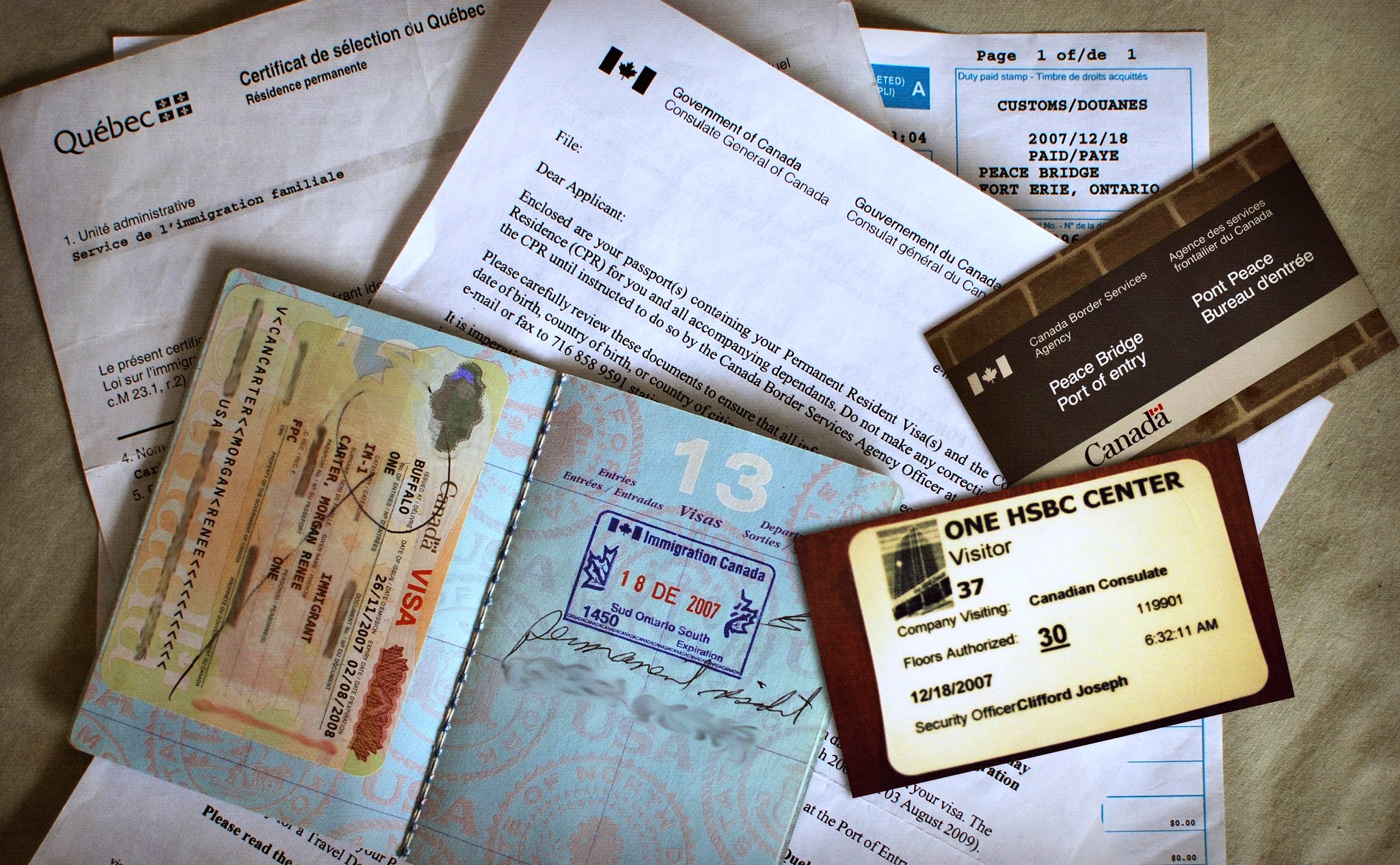Article
Employment Insurance
Employment Insurance (formerly Unemployment Insurance) is a government program that provides temporary benefit payments during a period of unemployment. The Employment Insurance (EI) program also provides illness, parental and caregiving benefits for persons who are away from work due to health and family-related reasons. EI is financed by premiums paid by employers and employees. The program is overseen by the Canada Employment Insurance Commission (CEIC). In July 2021, approximately 1.5 million Canadians received EI benefits.






